An Idiot’s Guide To The Nissan Z: History And Generations

As BMW has M and Audi has RS, Nissan has the letter Z adorning the bodywork of its most revered performance cars. And Nismo. And sometimes GT-R. OK, look, Nissan has lots of go-faster letters that it likes to bandy about, but when it comes to rear-wheel-drive sports cars, the letter Z is where it’s at.
For more than half a century the Japanese carmaker has been crafting machines with sportiness and performance at the forefront, combined with relative affordability. Here’s the story so far.
Nissan Fairlady Z (1969 to 1978)
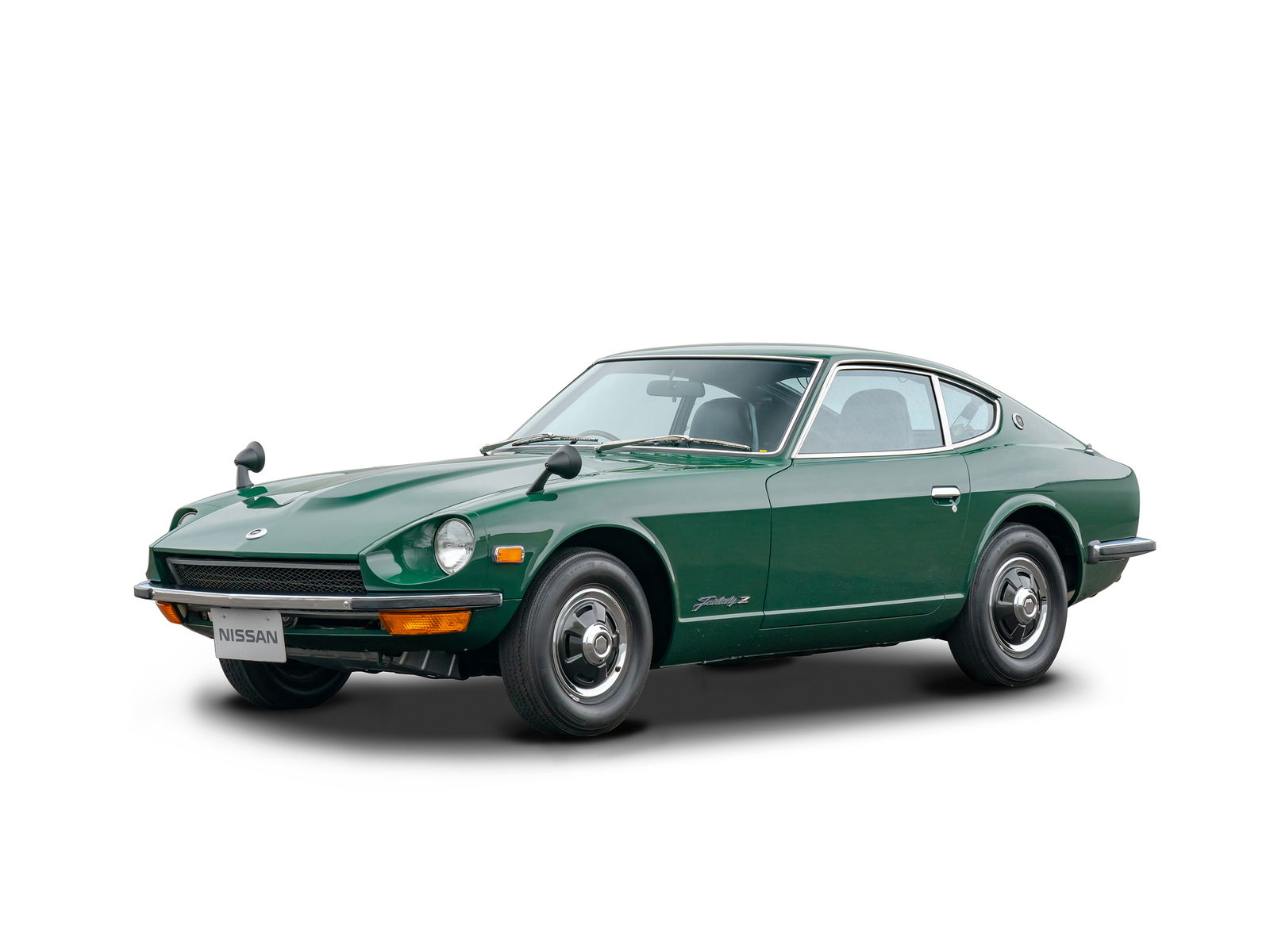
It was the 1960s, with social revolution in full swing and memories of the Second World War fading. Nissan had cruised into the early ‘60s with the popular Fairlady roadster but wanted to reinvigorate it to build on its success, particularly in the lucrative American market. So in 1961 it teamed up with Yamaha to create a sports car prototype, called the Yamaha YX-30.
But the result didn’t impress Nissan enough, and they bailed on the project. Yamaha, however, continued working on the YX-30, took it to Nissan’s rival Toyota, and it morphed into the rather successful Toyota 2000GT – an affordable sports car for the masses.
Nissan realised that they had missed a trick. Having recently acquired the Prince Motor Company, which made a little car called the Skyline, Nissan decided to use Prince’s expertise to develop a new competitor to the 2000GT, as well as the European sports cars that dominated the market.
The result, in 1969, was the Fairlady Z, and was packed with a 2.0-litre straight-six with 127bhp and a five-speed manual gearbox. It looked very smart and was well-specced compared to many of its rivals with disc brakes at the front.
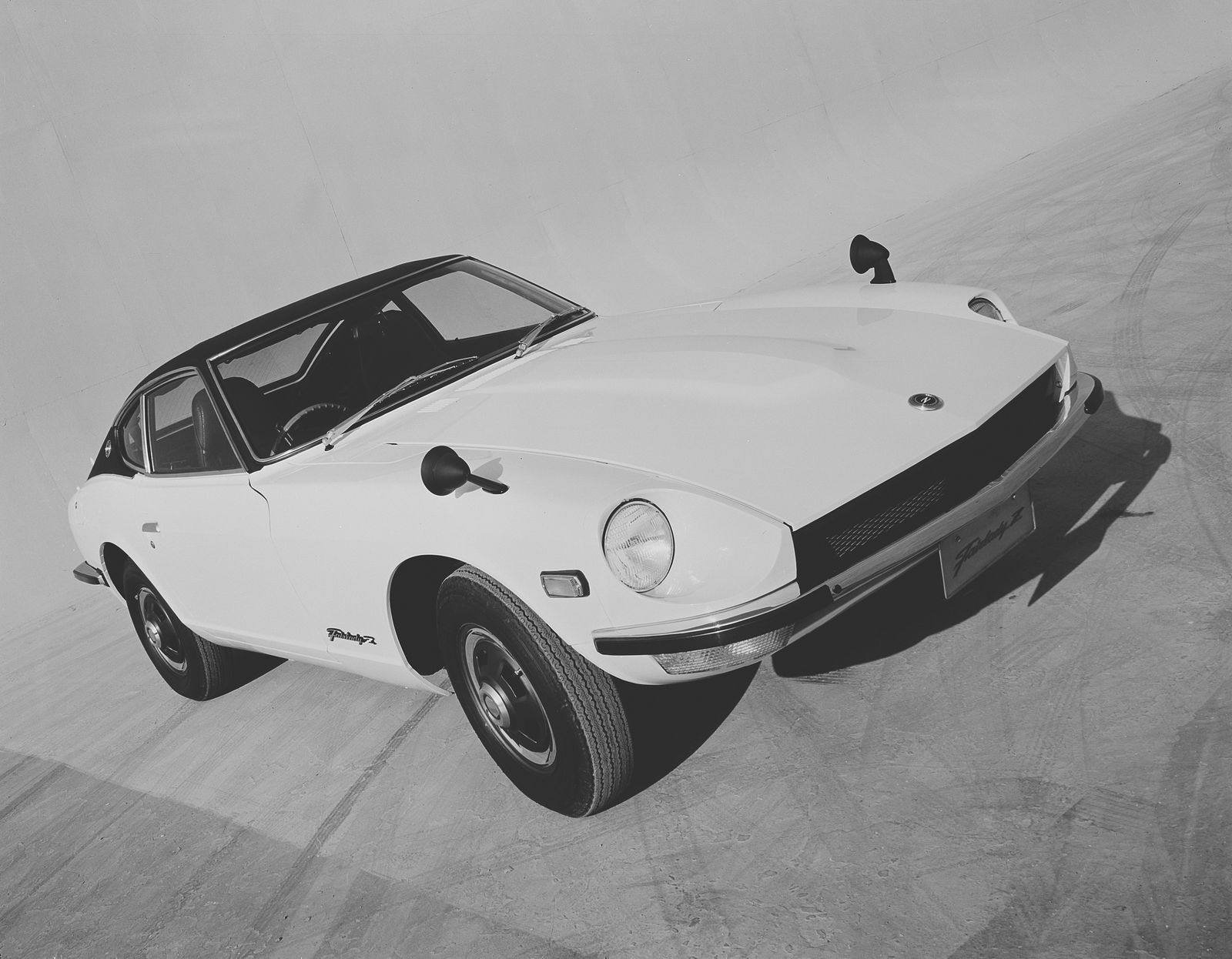
Crucially for the development of the Z legend, the Fairlady Z was also set for export. After a number of Fairlady Zs were brought to the US as grey-market imports, Nissan rebadged it the Datsun 240Z – all Nissans sold outside Japan were known as Datsuns at the time. It arrived in the US with a 2.4-litre engine and nearly 150bhp in 1970. The larger engine was to cope with US driving habits – lots of freeway driving where a high-revving, smaller engine would be less suited.
Although derided by some as a poor man’s Jaguar E-Type or a budget Porsche 911, the 240Z found instant success by being as good as those cars in a number of ways, better specced and with a lower purchase price. It was praised by automotive reviewers, and sold impressively, growing saes every year it was on sale. It also spawned a successful motorsport programme, coming first and second in the 1971 East African Safari Rally
Not only did the success of the 240Z establish an international demand for what would become a long line of Z cars, it also established Nissan as a serious player in the US automotive market, particularly when it came to sports cars. That reputation would spread worldwide.
The 240Z evolved into the 260Z in 1974, with a larger engine, and then again to the 280Z in 1975. It was becoming heftier and less sharp, however – more of a GT than a sports car – and production finally ended in 1978.
Nissan S130 (1978 to 1983)
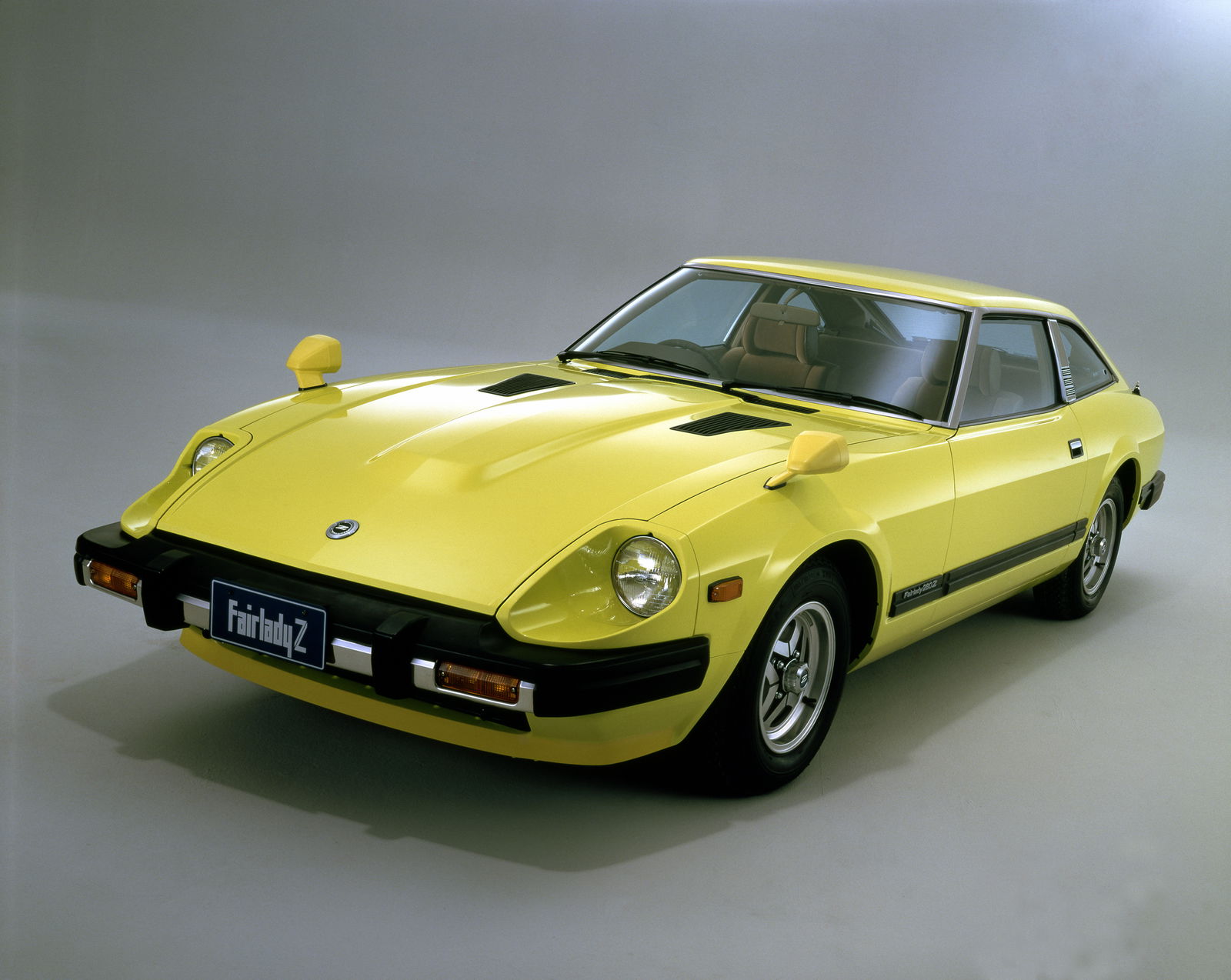
The Fairlady Z/240Z’s difficult second album was the Nissan S130, introduced in 1978 and known variously as the Fairlady Z (again), the Datsun 280ZX and the Nissan Fairlady 280Z. Although visually an evolution of its predecessor, the S130 represented a full redesign, with only the 2.8-litre straight-six engine carrying over.
If the earlier Z car had been moving away from its light, sports-car roots then the S130 eschewed them completely, being a relatively lardy boy. Sure, it had soft, comfortable suspension, great sound insulation and squishy seats, but it was also dynamically ponderous and lethargic in a straight line, although the arrival of a turbocharged version in 1981 went some way to solving that particular issue, pushing horsepower up to nearly 180bhp and dropping its 0-60mph time from some 11 seconds down to around seven.
But that couldn’t save the 280ZX. It didn’t sell in big numbers compared to its predecessor, and Nissan canned it in 1983.
Nissan 300ZX Z31 (1984 to 1989)
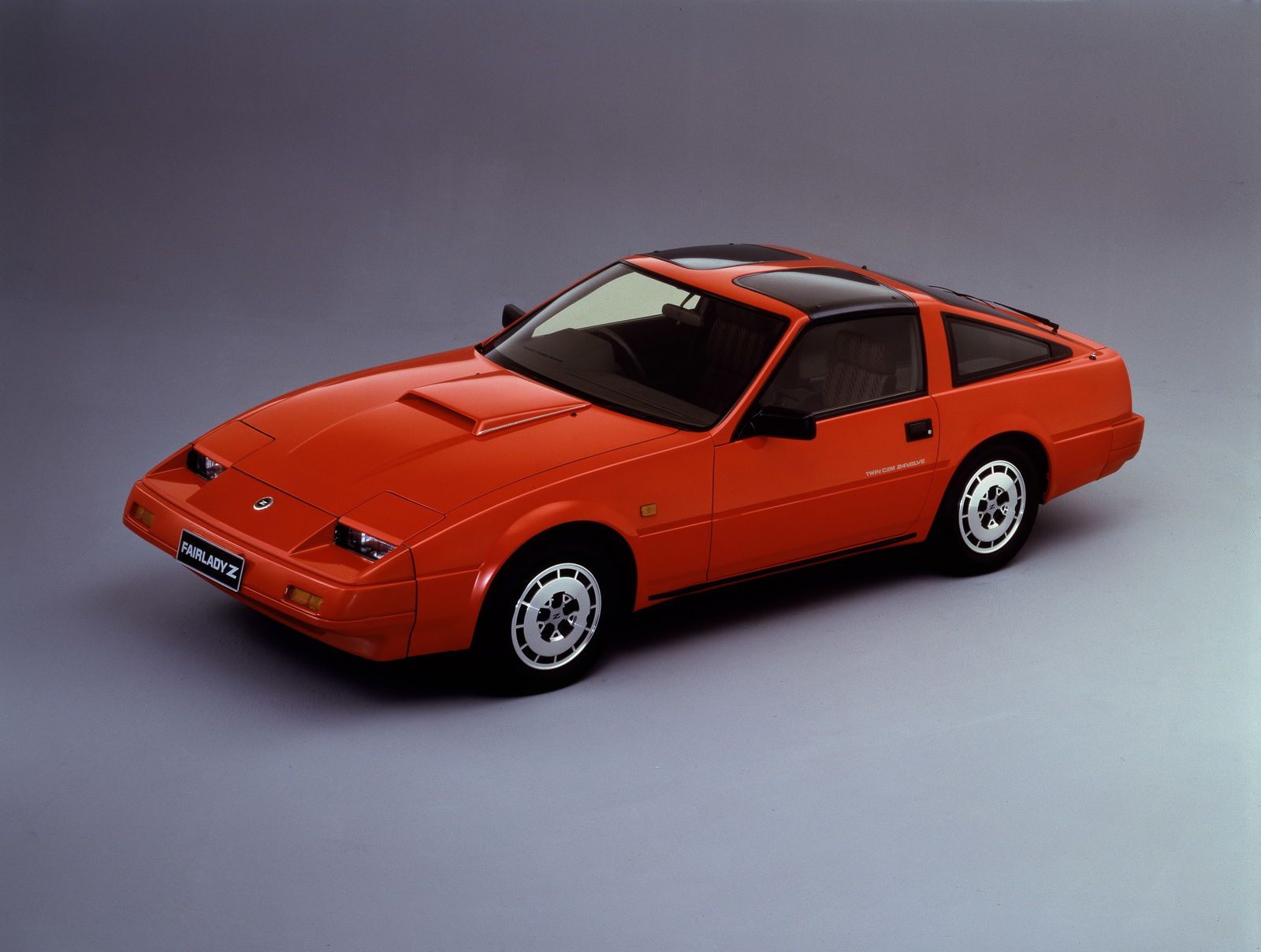
Sometimes you need failure in order to find success. Today, the 300ZX is still remembered as a cracking Nissan Z car. But not this 300ZX. This one, codenamed the Z31, wasn’t brilliant.
As the 280ZX died, so did the Datsun name as Nissan decided to embrace its origins and share them with the world. A brand-new Nissan-badged Z car appeared in late 1983, now with a 3.0-litre, 60-degree V6 engine which, with a turbo on it, made some 200bhp.
Known as the Fairlady Z once more in Japan, it was in all measurable ways better than the 280ZX, which was admittedly a fairly low benchmark, but it still failed to excite. Sure, it would tell you when the doors were left open or the lights left on – a fairly novel gadget at the time – but the bland looks left people cold and it was still big and wallowy by sports car standards.
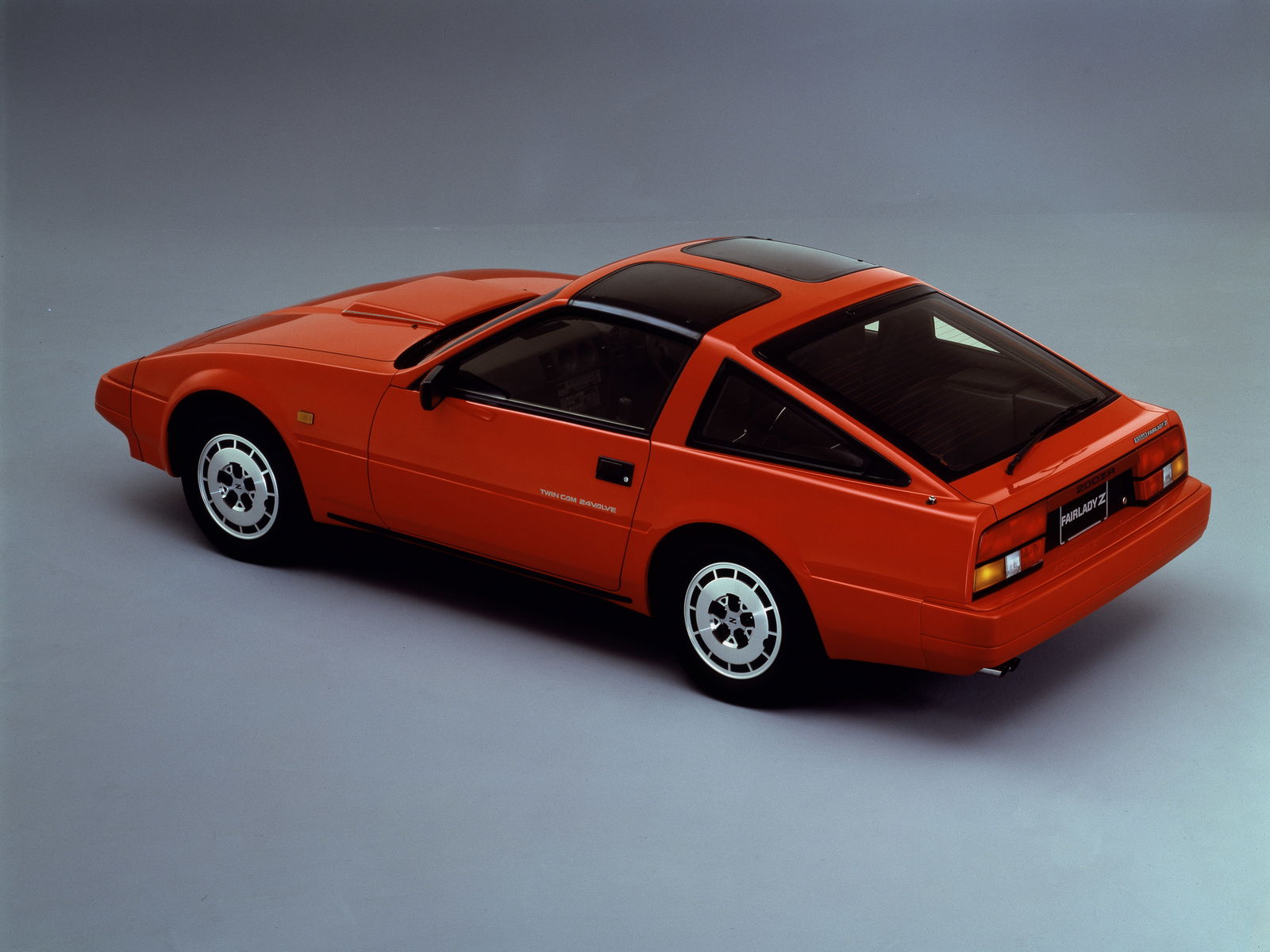
The 300ZX, while not made available in Europe, did come to the UK, where it received lukewarm reviews and a rather high price – it was considerably more than a Toyota Supra and some £10,000 more than a 2.8-litre Ford Capri.
But the general feeling was that the 300ZX was built too much for America, and had lost the appeal that made the original 240Z so popular. There’s a reason you don’t see too many of them around today. This was a hard Z car to love.
Nissan 300ZX Z32 (1990 to 2000)
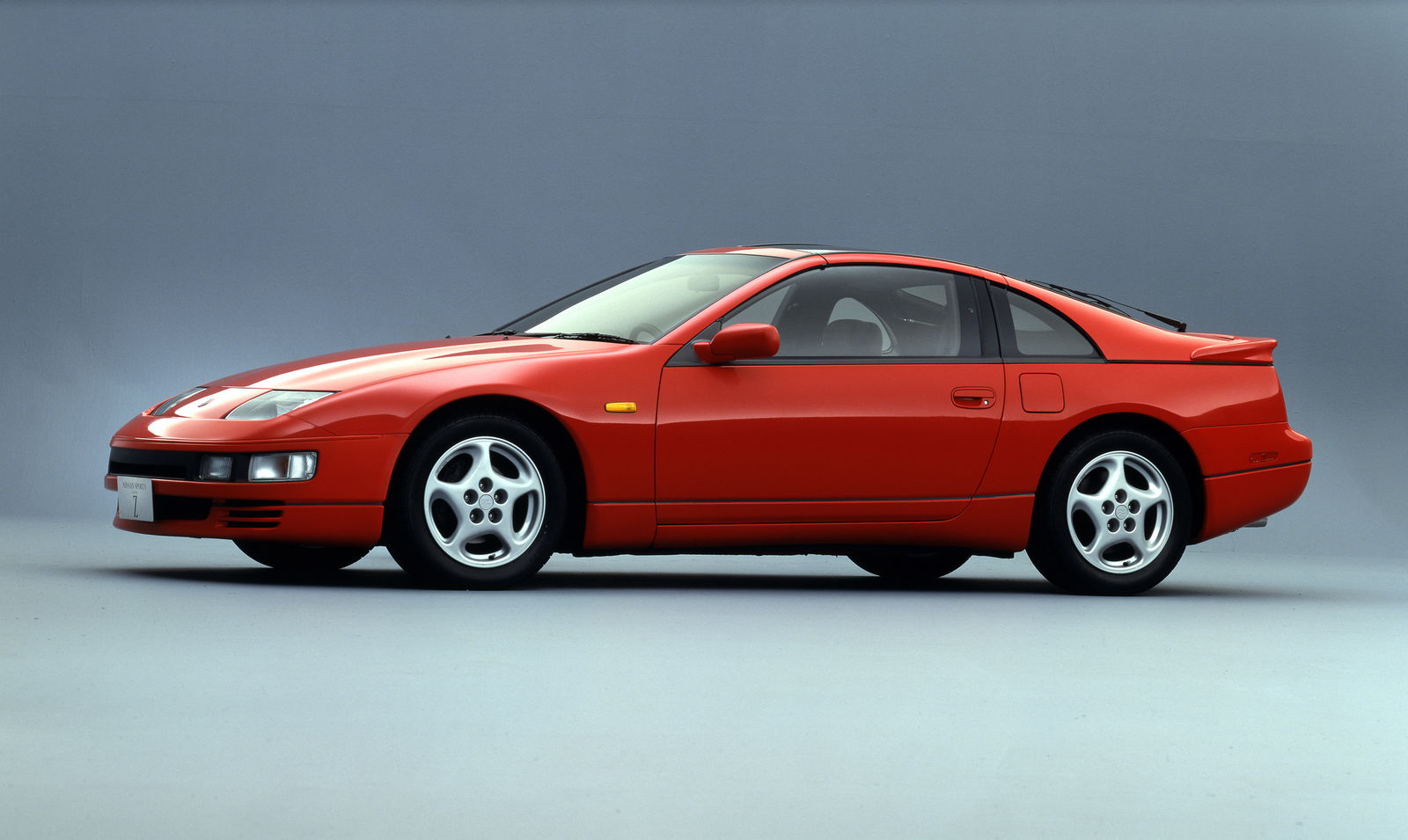
In 1990, Nissan tried the 300ZX again, and this time had much more success. This was, in large part, because Nissan remembered that people liked Z cars for their performance.
Power went up to some 220bhp from the naturally aspirated 3.0-litre V6, which now featured extra engineering such as dual overhead cams and variable valve timing. And for those demanding more, there was the twin-turbo model, which strapped on a couple of Garretts to nudge the 300bhp mark. It was available with a five-speed manual gearbox or a four-speed automatic.
The looks were overhauled for the 1990s, too. The Z32 was wider and had a longer wheelbase, and the bodywork was far more aerodynamically optimised. UK cars had 2+2 seats, while other markets also had the option of a shorter wheelbase two-seat model.
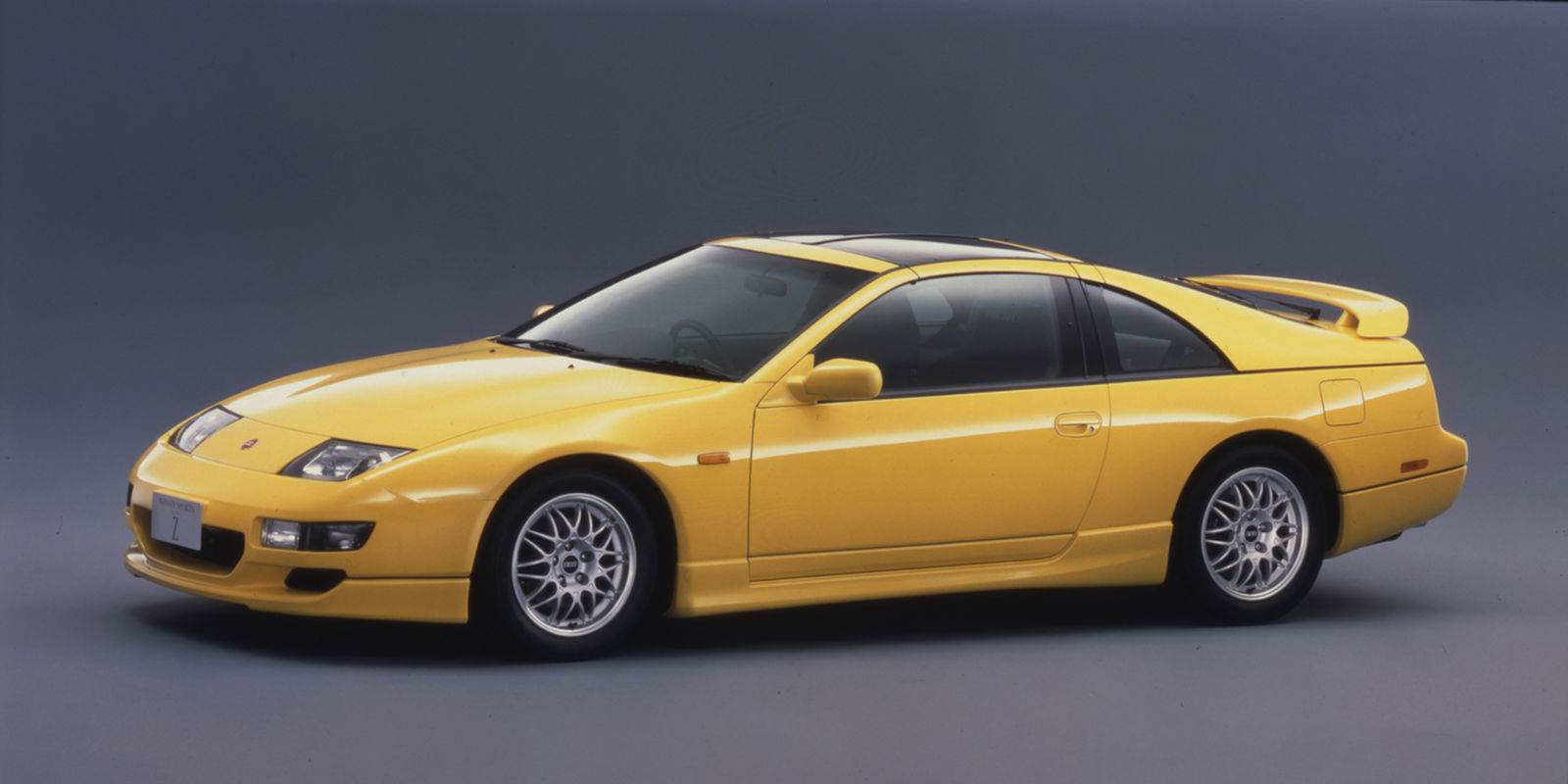
Under the surface, the handling was dramatically improved with tech like Super HICAS four-wheel steering helping its agility. In an era where the 300ZX was taking on the Mazda RX-7, the Toyota Supra and the Mitsubishi 3000GT, Nissan’s offering was a very solid middle ground against the madness of the Supra, the hardcore experience of the RX-7 and the underwhelming and pricey driving experience of the 3000GT.
That said, despite excellent reviews mentioning it in the same sentence as Porsche, it didn’t sell particularly well in the UK. It wasn’t cheap, and a tanking economy didn’t help, making non-prestige sports cars something of a low priority for the masses despite the 300ZX’s acclaim. 1994 was its final year on sale here (though it carried on in other markets until 2000).
For a while, things went dark. From 1994, there was no Nissan Z car, at least not in the UK. The SUV was starting to gain popularity and Nissan’s attention was drawn to higher, less exciting cars. A retro 240Z Concept car appeared at the 1999 Detroit Motor Show, using the four-cylinder engine from the US-market 240SX (sold as the 200SX in the UK), but it never went any further.
Nissan 350Z Z33 (2002 to 2008)
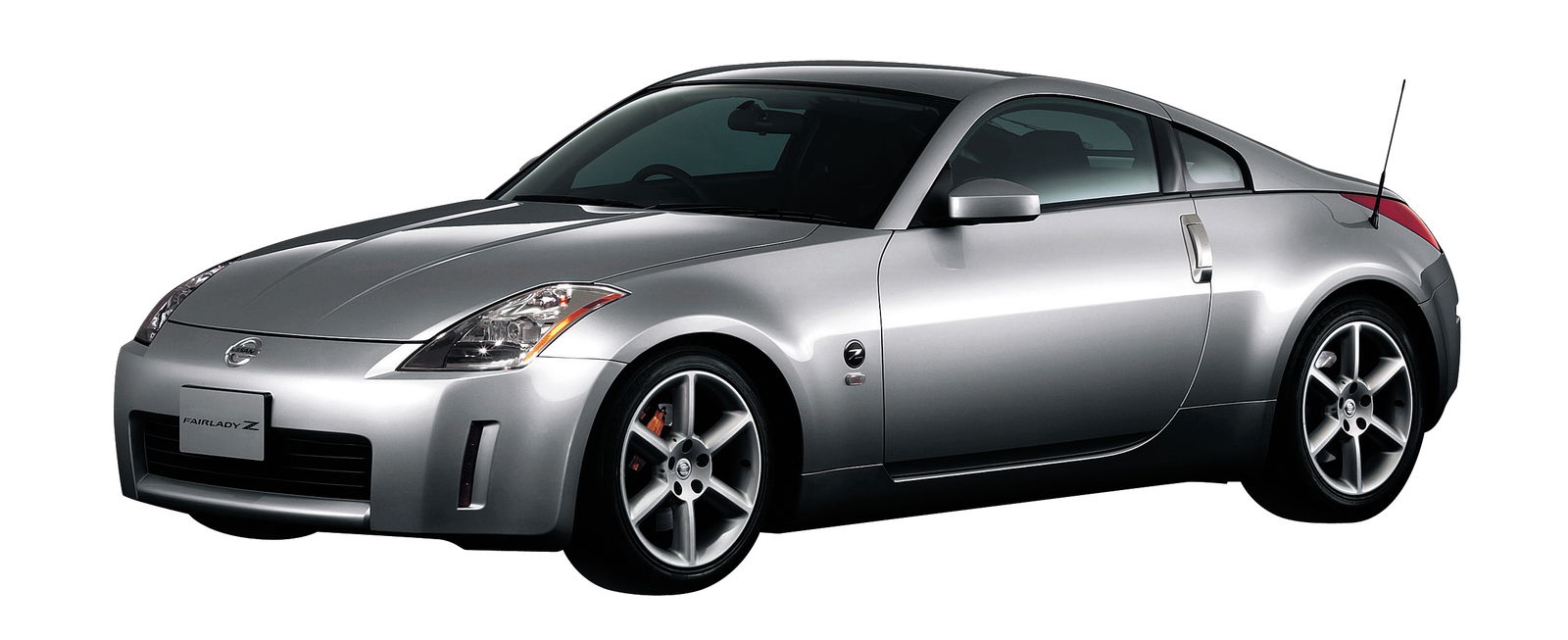
At the turn of the 21st century, the future of the Nissan Z car looked bleak. Executives just couldn't make the case for the Z car when so many people wanted SUVs. In 1999, however, there was a radical change at Nissan. In the wake of Renault buying a sizable chunk of the company, Carlos Ghosn (who would later be smuggled out of Japan in a packing case, but that’s another story…) was appointed Nissan’s chief operating officer, and he was set on bringing the Z car back.
The 240Z concept car was dismissed as being too retro, so a new concept was commissioned and the result – the Z Concept – appeared at the 2001 Detroit Motor Show. The Z Concept benchmarked the Porsche Boxster for performance but was designed to be far more affordable. The production version, codenamed the Z33 and wearing a 350Z badge, went on sale the following summer and was a smash hit. Its characterful V6 engine, its precise and feeling-filled gear shift action and a general feeling of muscularity won it legions of fans. A standard LSD didn’t hurt its handling prowess, either.
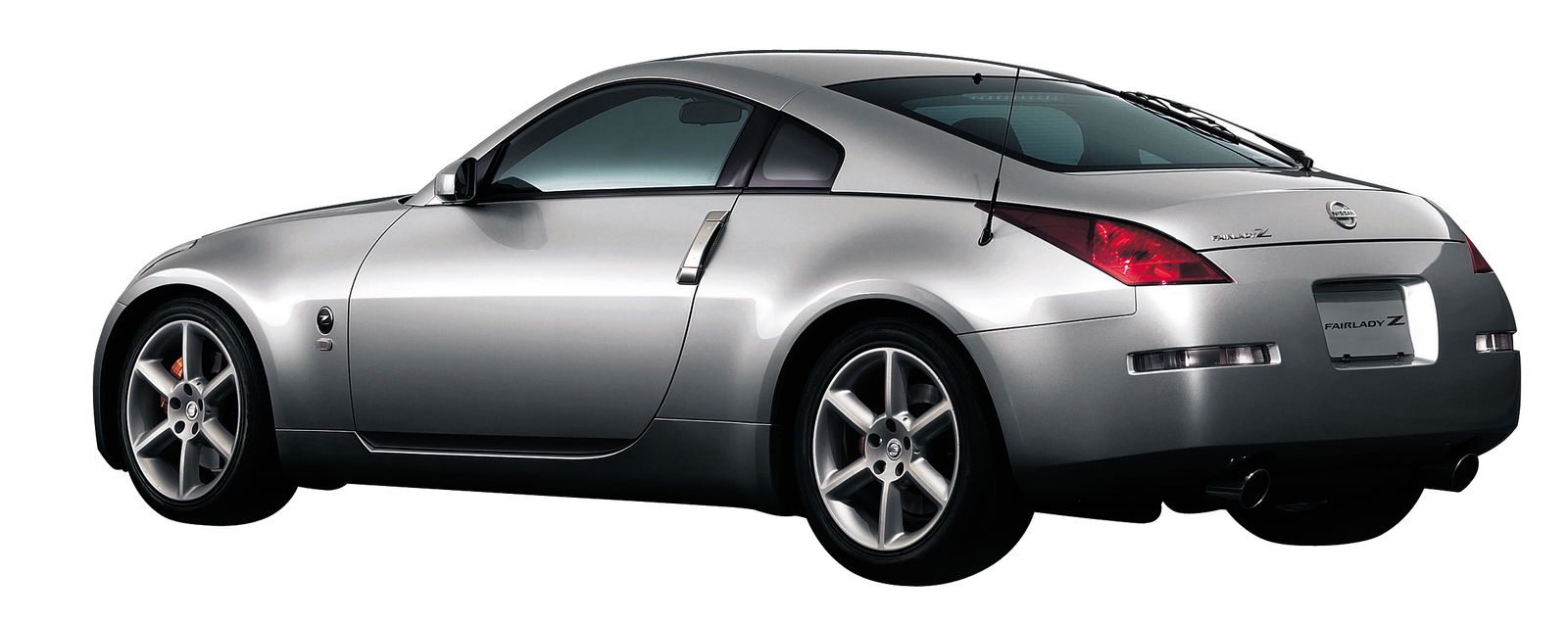
When it came to performance-per-pound, the 350Z was hard to beat, and that reputation has endured as prices dropped (although you’ll have to look increasingly hard to find one that hasn’t been thrashed). It’s fun to drive, too – some slightly rough edges compared to the likes of the Porsche Cayman just make it more characterful.
The Z car was back, and it was back hard. It was upgraded several times over its life, including a few power boosts from 276bhp to 309bhp by the time it went off sale in 2008. You can spot those more powerful models by their bulging bonnet.
Nissan 370Z Z34 (2009 to 2021)
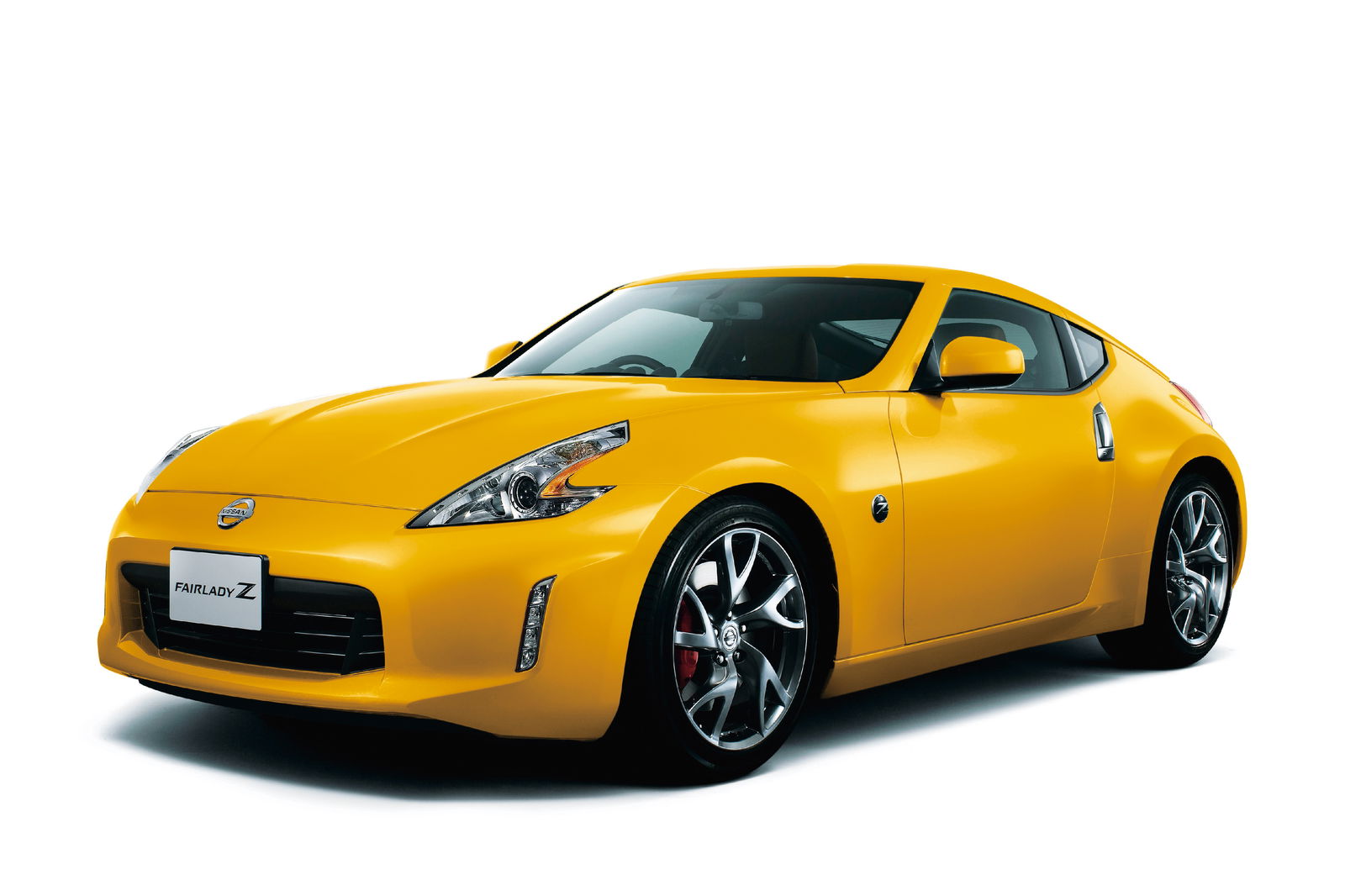
Such was the success of the 350Z, Nissan perhaps wisely decided not to mess too much with the recipe. When the Nissan 370Z launched in 2009, it looked like a thinly veiled upgrade from the 250Z.
However, just about every component was, in fact, new. The 370Z was lower, shorter and wider, with increased body stiffness and dramatically reduced weight that was immediately wiped out by safety regulations, meaning it actually weighed the same as its predecessor at around 1500kg.
As the name suggested, the V6 engine was engorged from 3.5 litres to 3.7, with power up slightly from 309bhp to 326. The six-speed manual gearbox remained, albeit with Synchro Rev Control for auto blipping to rev match.
It was, for the time, excellent. Sharper, more direct, a naturally aspirated, rear-wheel-drive, manual-shifting sports car. It sat firmly in that time period just before cars were overburdened with electronics and too much heft. Sure, it wasn’t as immediately confidence-inspiring as the likes of a Porsche Cayman, but it was a car to learn about in order to get the best out of it. It was involving, engaging and above all, fun.
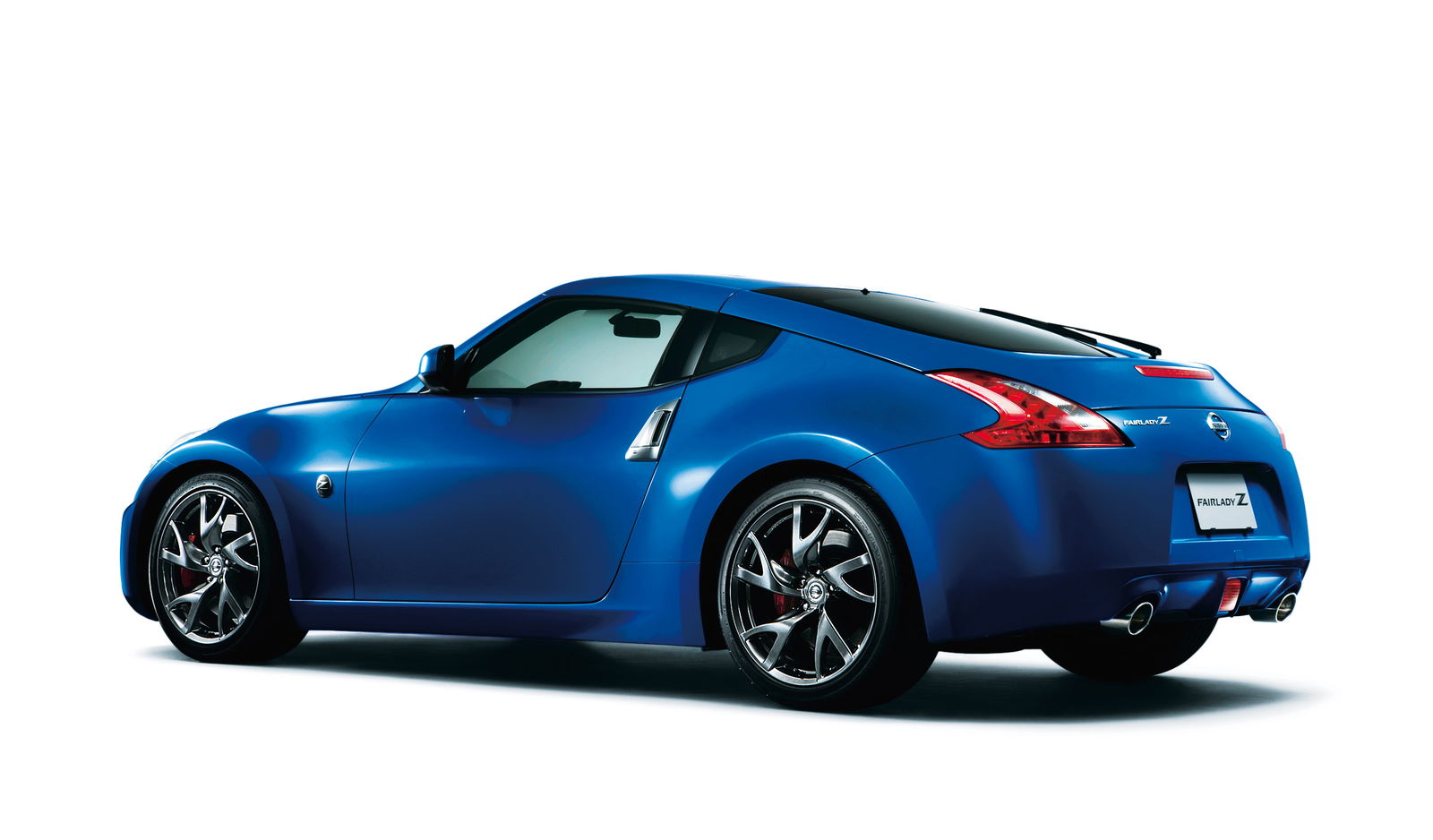
Available both as a coupe and as a Roadster, it was updated in 2012 with mild visual tweaks and not much else, and then again in 2018, almost a decade after it first went on sale. Again, the updates were relatively few, and the 370Z was increasingly feeling rather old-fashioned against newer opposition like the Ford Mustang and the BMW M240i. Remarkably, despite its ageing architecture and very thirsty engine, production continued until 2021.
If you’re after one, keep an eye out for upgraded 370Z Nismo models. Sporting extra horsepower, up to 339bhp from a revised ECU and a different exhaust, and, when new, a hefty price rise, it also featured stiffer suspension lightweight Rays forged alloys and upgraded brake components taken from the GT-R.
Nissan Z RZ34 (2022 onwards)
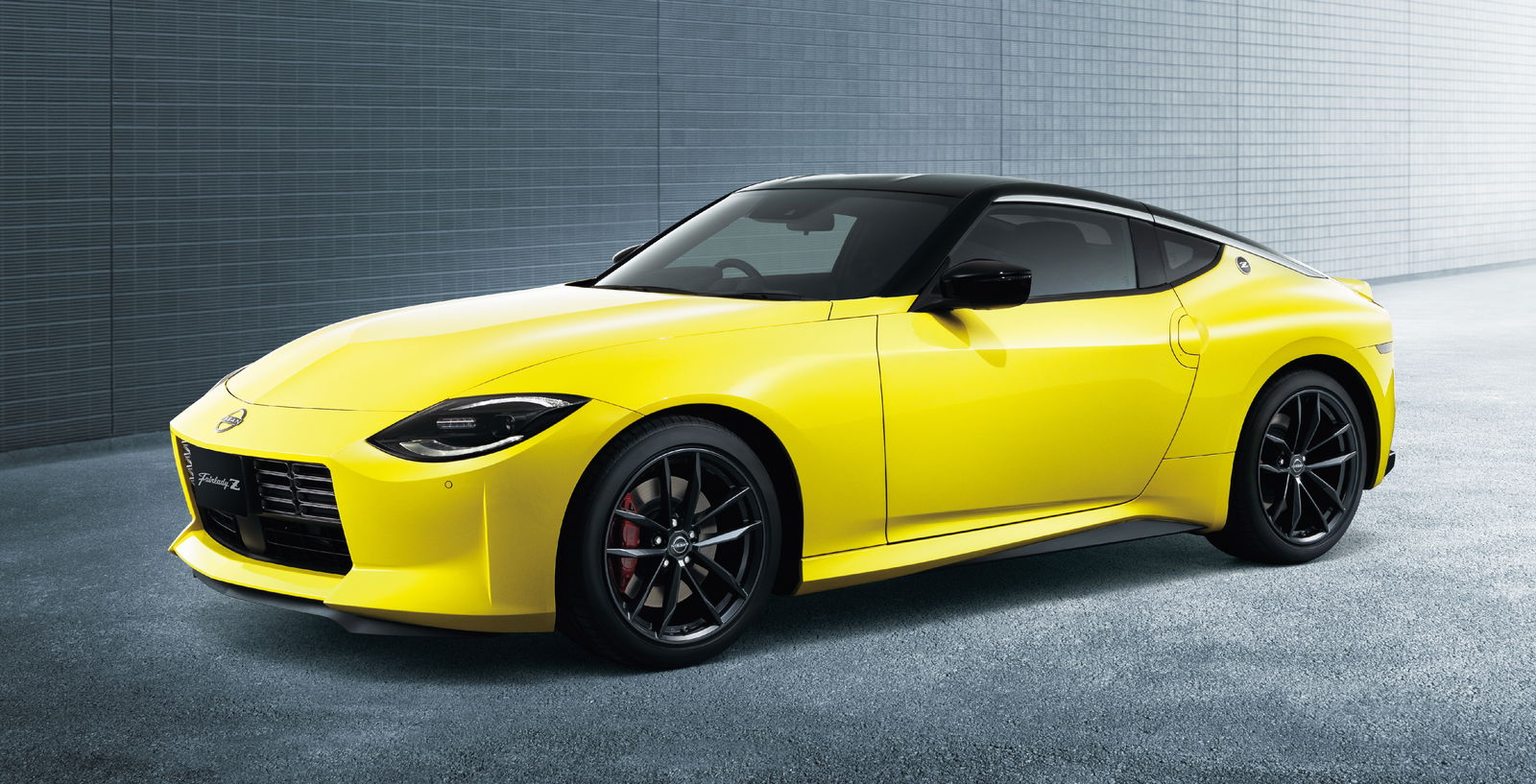
And so to the future of the Z car, and a future we’re not part of. The Nissan Z was launched in 2022, but it’s not available in the UK because it emits too much Bad Stuff from the exhaust.
So what are we missing? Although the Nissan Z looks new, it’s actually based on the 370Z with around 80% new bits and a more retro styling approach, with bits of the 240Z, 350370/Z and 300ZX melted into the design.
Under the bonnet is a V6 once again, but this time it’s 3.0 litres in size and twin-turbocharged, making 395bhp. The six-speed manual gearbox, however, remains – literally, as it’s basically the same unit as in the 370Z. And there’s an auto too if you want to be a bit boring. We’d ignore that, but we would go for a version with the mechanical limited-slip differential.
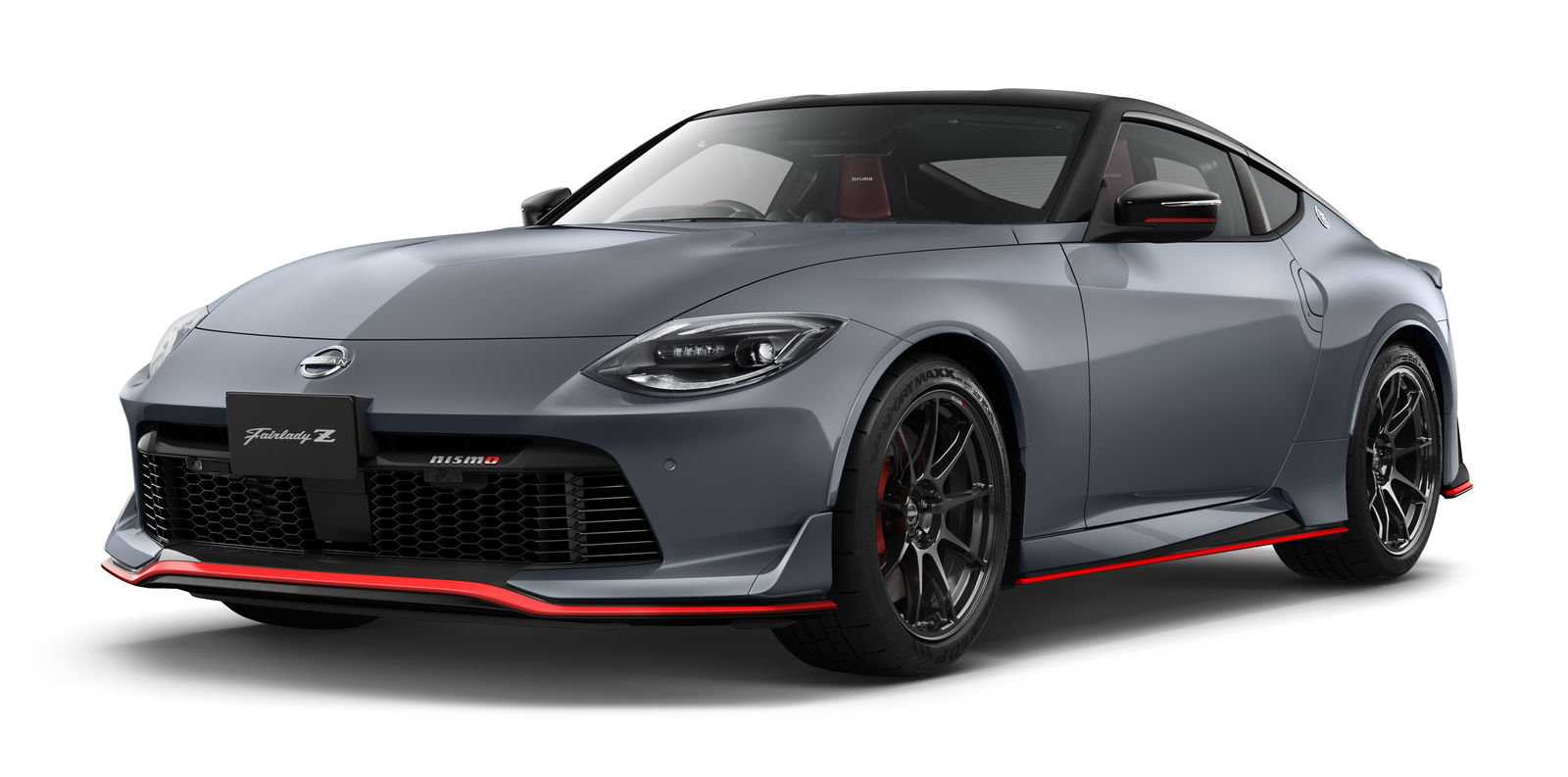
The general consensus seems to be that the Z is once again a fairly retro hoot and great value for money – at least in places where you can buy it. The introduction of the now-compulsory Nismo model has done nothing to dampen its appeal, although whipping away the manual gearbox in favour of a quick-shifting auto is a disappointing move for those that like three pedals.
Still, the power on the Nismo Z has been boosted by 20bhp, and the suspension, brakes, wheels and tyres have all had upgrades to make it feel at home on the track. The aero and cooling elements have all been boosted too, but you still can’t buy one in the UK. BOOO.
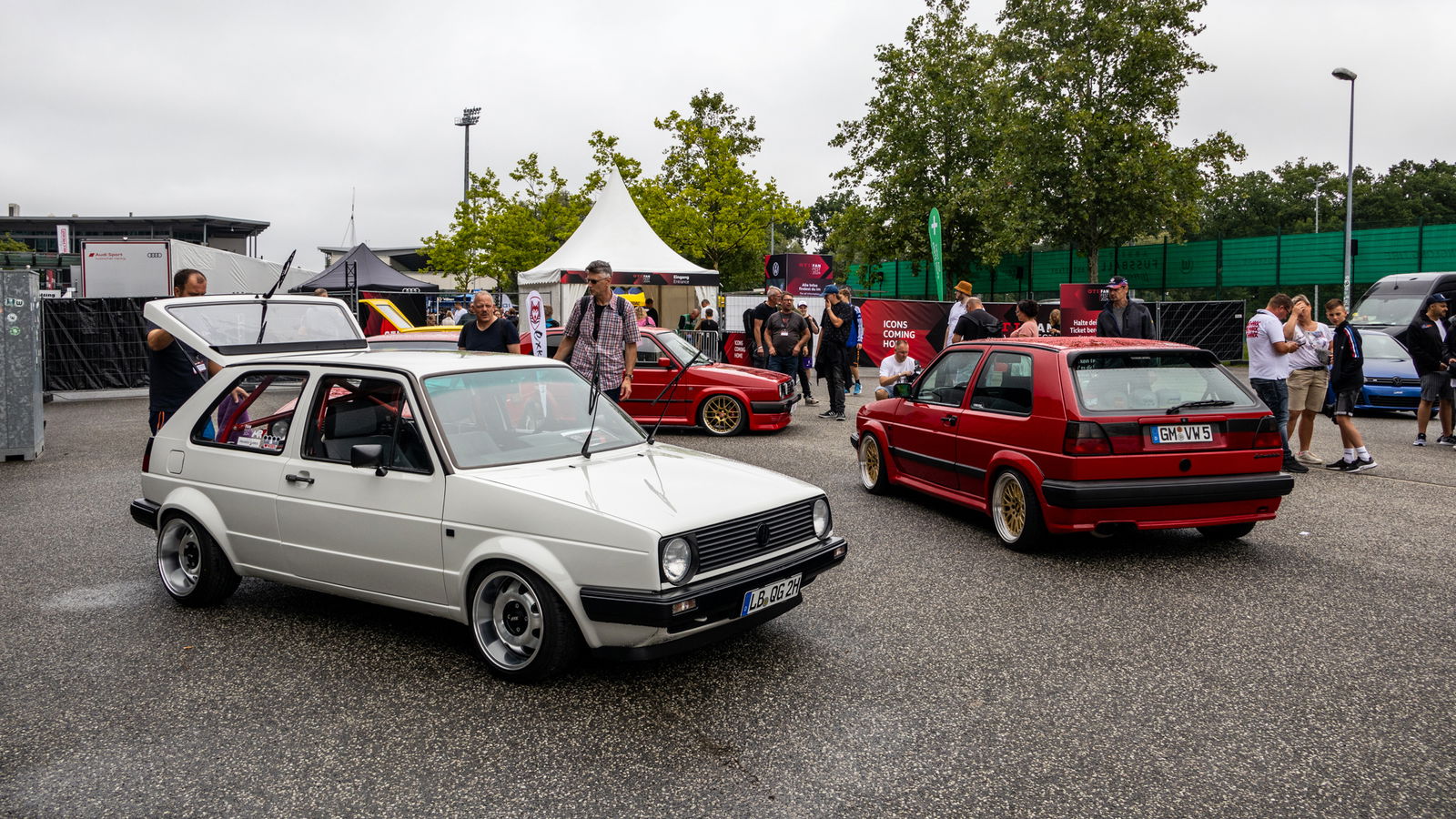
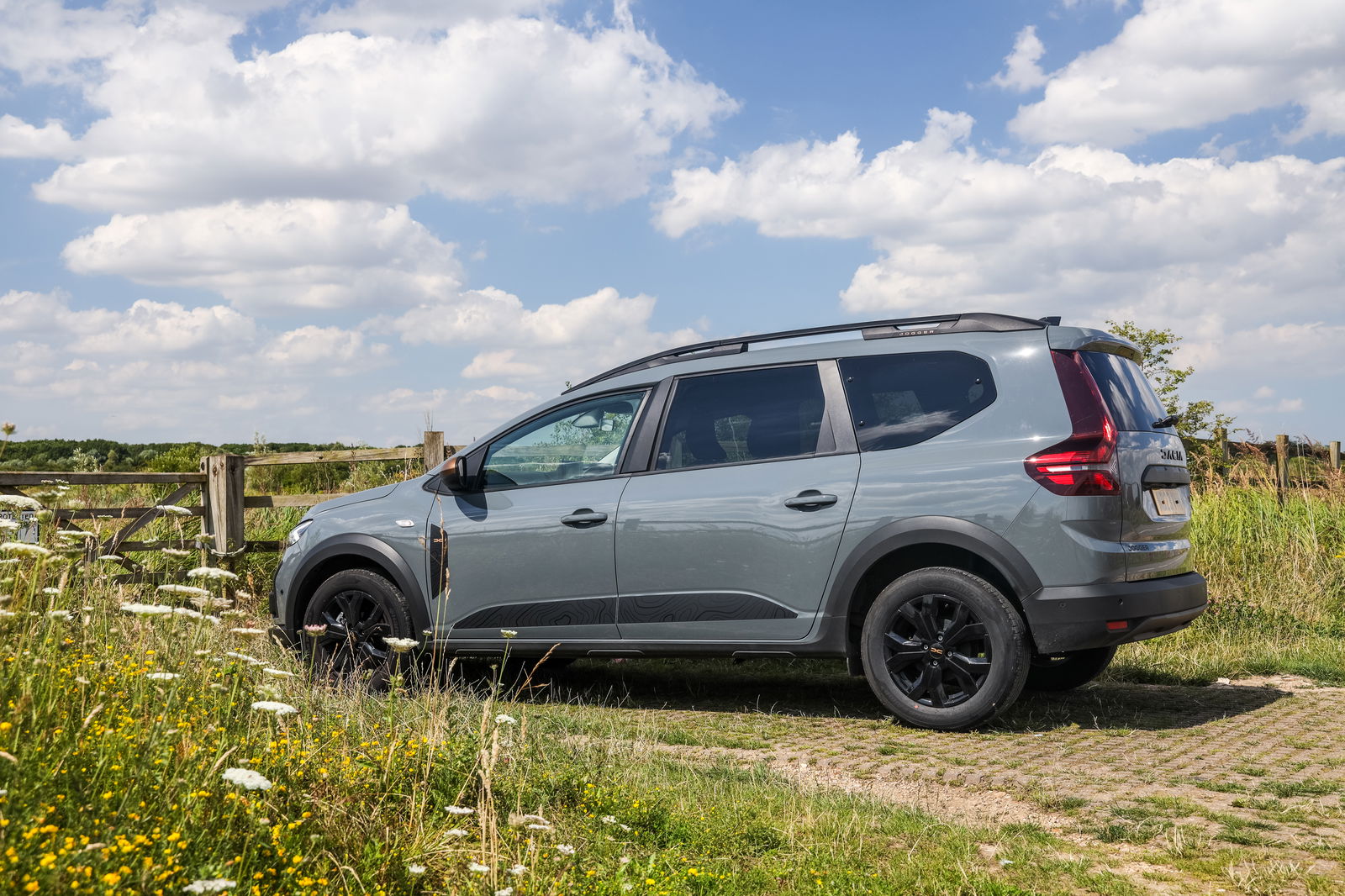

Comments